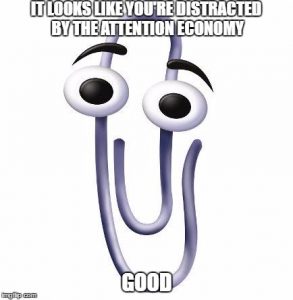In light of our last class’s theme of labor, I thought I would offer some interesting examples of crowdsourced labor that challenge the boundaries between work and play, and public and private. In these examples, I’m interested in how productive leisure activity may be considered “fan labor”, what users get out of such labor, and whether we can consider this labor a personal appropriation of the object. Both of the examples below use crowdsourcing to contribute to literary archives by inviting volunteers to complete transcriptions of written documents.
If we can consider this crowdsourced transcribing activity akin to what Abigail de Kosnik calls “fan labor” in her article, “Fandom as Free Labor”, I’m wondering about the incentive for such labor. How do these volunteers feel enfranchised in their transcription work? And how does their enfranchisement in public, archival work engage with the process of appropriation and customization that de Kosnik describes happens in fan communities?
The first example comes from the Smithsonian. This project allows the average member of the public to engage in archival work by transcribing written documents into print. The website offers a quick tutorial to get volunteers started, and imposes a peer review system to double check the transcriptions. Here, engagement seems to be the primary goal: this is clearly a space for the public, not researchers; there is a low barrier to entry; and participants engage with one another through peer review. Users can just jump from transcription to transcription at will.
The second example comes from University College London, and it’s a “collaborative transcription initiative” that grants digital access to Jeremy Bentham’s unpublished manuscripts. This project requires more experience than the Smithsonian one, as users have to learn how to encode their transcriptions according to UCL’s markup guidelines and create an account before getting started. Despite the higher learning curve, this project has over 30,000 registered users, with almost half of Betham’s folios already transcribed.
These two projects’ methodologies reveal a new type of “fandom.” First, there is the difference in target audiences, then there is how each audience engages with the “product” — the personal process of transcribing the documents. While the Smithsonian project invites all levels of contributors for transcriptions on various subjects, the Bentham project involves a certain understanding of encoding and a special interest in Bentham. Furthermore, all transcriptions in the Bentham project are verified by the paid staff, while the Smithsonian uses a system of public peer review. It seems like UCL’s main audience may be more serious, academically-inclined or interested in the digital humanities, while the Smithsonian is trying to engage with a wider public. Despite this difference in audience, both institutions make users feel enfranchised in the process, perhaps wanting to discuss the text, or feeling a part of it in some way. We can regard these users’ transcriptions as a kind of inverted version of de Kosnik’s “work of customization” that fans undertake when they make something private out of something public (102). Instead of appropriating mass produced objects, these fans work to make the personal widely accessible to the public. Nonetheless, as they carry out their transcriptions, they become a part of the process, and their transcriptions become a kind of appropriation. In a sense, their work of “customization” is to invest the documents with their labor. It would be interesting to look more deeply into these fans to learn more about their relationship to the products of their labor.




